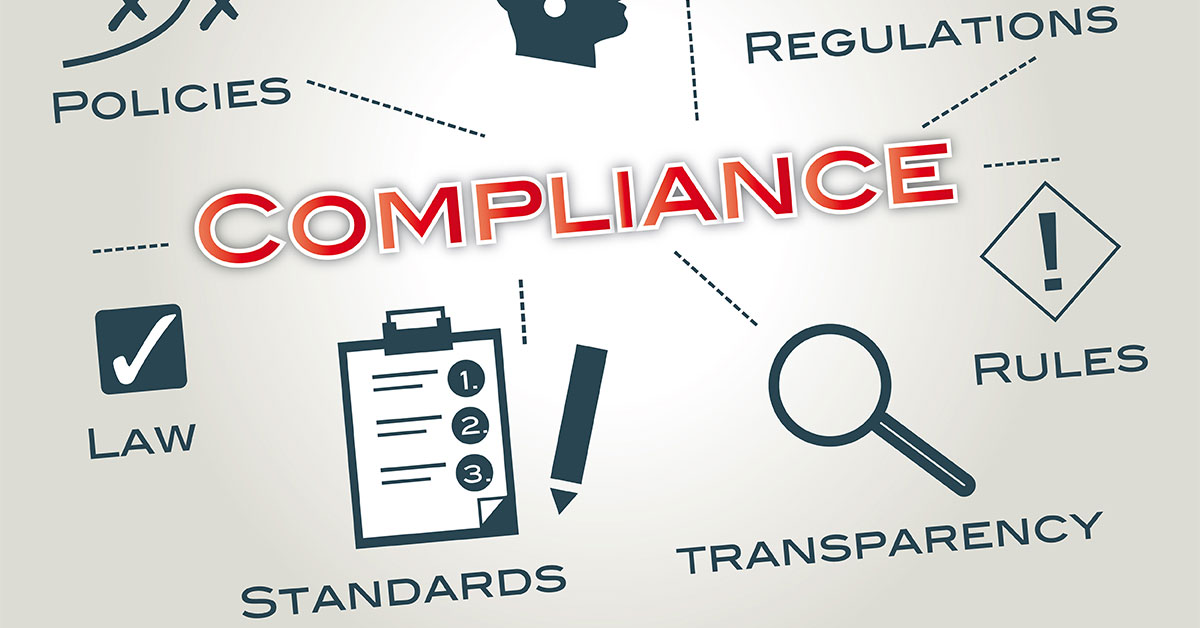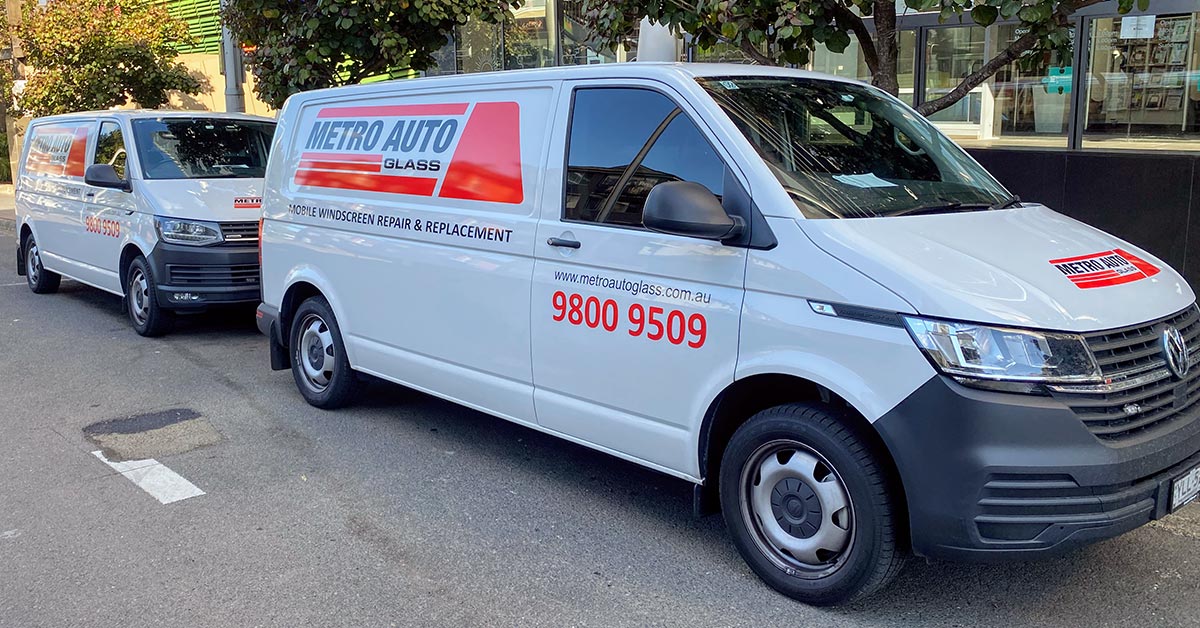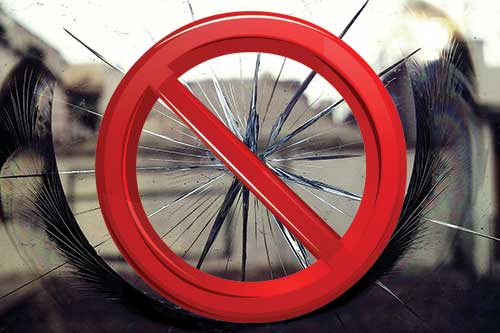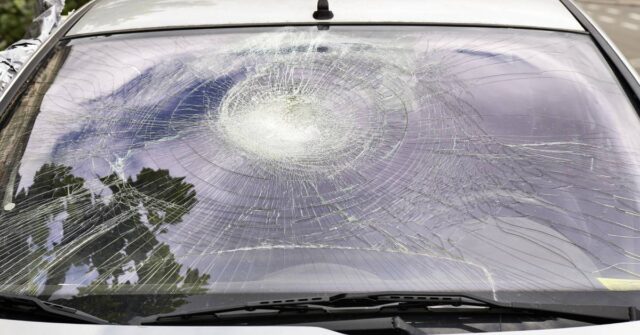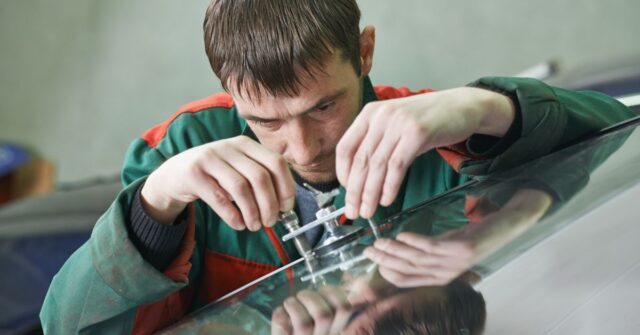Welcome to our comprehensive guide on Australian Standards for Automotive Glass Repair.
This post is dedicated to providing you with an in-depth understanding of the standards, techniques, and best practices in the automotive glass repair industry in Australia.
Whether you’re a professional in the field or a vehicle owner, this guide aims to be an invaluable resource for all things related to automotive glass repair in Australia.
Introduction to Automotive Glass Repair in Australia
In Australia, automotive glass repair is not just about fixing a broken window or windshield; it’s about ensuring safety, compliance with regulations, and maintaining the integrity of the vehicle.
The Australian automotive industry is robust, with a strong emphasis on adhering to high standards to ensure the safety and satisfaction of vehicle owners.
The Importance of Adhering to Standards
Adhering to Australian Standards in automotive glass repair is crucial.
These standards are designed to ensure that all repairs meet a high level of safety and quality, protecting both the technicians who perform the repairs and the vehicle owners who rely on their expertise.
Overview of Australian Automotive Industry
The Australian automotive industry is diverse, encompassing a range of services from manufacturing to repair. In this sector, automotive glass repair plays a vital role in vehicle maintenance and safety.
Understanding the industry’s framework helps in appreciating the importance of standard-compliant repairs.
Understanding Australian Standards for Automotive Glass
Australian Standards for automotive glass repair are set by authoritative bodies and are regularly updated to reflect technological advancements and safety requirements.
These standards serve as a benchmark for professionals in the industry, ensuring consistency and quality in repairs across the country.
History and Development of Standards
The history of Australian Standards for automotive glass repair reflects the evolution of the automotive industry itself.
Initially, the focus was on basic safety and functionality, but over time, these standards have become more comprehensive, covering aspects like environmental impact, technological integration, and advanced safety features.
Key Features of the Current Standards
The current Australian Standards for automotive glass repair include guidelines on the types of glass to be used, repair techniques, and safety measures.
These standards are designed to ensure that repairs are performed to a level that maintains the vehicle’s structural integrity and safety features.
Types of Automotive Glass and Repair Techniques
Understanding the different types of automotive glass and the appropriate repair techniques for each is vital.
This knowledge ensures that repairs are done correctly and safely, adhering to Australian Standards.
Different Types of Automotive Glass
There are several types of automotive glass, each with its unique properties and repair requirements.
These include laminated glass typically used for windshields, and tempered glass often used for side and rear windows.
Standard Repair Techniques for Each Glass Type
The repair techniques vary depending on the type of glass. For instance, laminated glass repairs may involve resin injection, while tempered glass usually requires complete replacement.
Adhering to the correct technique is crucial for the safety and longevity of the repair.
Safety and Compliance in Glass Repair
Safety is paramount in automotive glass repair. It involves not only the safety of the vehicle’s occupants but also that of the technicians performing the repairs.
Compliance with Australian Standards is a key aspect of ensuring this safety.
Ensuring Safety During Repairs
Ensuring safety during repairs involves using the correct tools, materials, and techniques.
It also means understanding the vehicle’s structural and safety features to avoid compromising them during the repair process.
Regulations and Compliance Requirements
Compliance with regulations and requirements set by Australian Standards is mandatory.
These regulations cover aspects like the quality of glass, repair methods, and even environmental considerations. Staying updated with these requirements is crucial for any professional in the field.
Tools and Materials Used in Glass Repair
The tools and materials used in automotive glass repair play a significant role in the quality and safety of the repair.
Using the right tools and high-quality materials is essential for compliance with Australian Standards.
Essential Tools for Quality Repairs
Essential tools for quality repairs include glass cutters, suction holders, and resin injectors. Each tool has a specific role and contributes to a repair that meets the required standards.
Materials: Quality and Standards Compliance
The quality of materials used, such as glass and resin, must comply with Australian Standards.
Using substandard materials can lead to repairs that are unsafe and not up to the required legal and safety standards.
Challenges and Solutions in Automotive Glass Repair
The field of automotive glass repair, like any other, faces its own set of challenges. Addressing these challenges effectively is key to maintaining high standards of repair.
Common Challenges Faced by Professionals
Challenges include keeping up with changing standards, dealing with complex repairs, and ensuring customer satisfaction.
Innovative Solutions and Best Practices
Innovative solutions and best practices in the industry include ongoing training, adopting new technologies, and adhering strictly to safety and quality standards.
Future of Automotive Glass Repair Standards
The future of automotive glass repair standards in Australia is likely to see further advancements as technology evolves and new challenges emerge.
Emerging Trends and Technologies
Emerging trends include the integration of advanced driver-assistance systems (ADAS) in windshields and the use of more durable and environmentally friendly materials.
Anticipated Changes in Standards
Anticipated changes in the standards may revolve around these emerging trends and technologies, ensuring that the Australian automotive glass repair industry remains at the forefront of safety and innovation.
Upholding Standards for Safety and Quality
In conclusion, the Australian Standards for Automotive Glass Repair play a crucial role in ensuring the safety and quality of repairs.
As professionals in the field, it is our responsibility to uphold these standards, ensuring that we provide safe, reliable, and high-quality services to all vehicle owners in Australia.
Summary of Key Points
This guide has covered the importance of adhering to Australian Standards, the different types of automotive glass and repair techniques, the tools and materials used, and the future of automotive glass repair standards in Australia.
The Way Forward for Australian Automotive Glass Repair
The way forward involves continuous learning, adapting to new technologies and standards, and always prioritizing safety and quality in every repair.
By doing so, we contribute to a safer, more reliable automotive industry in Australia.
